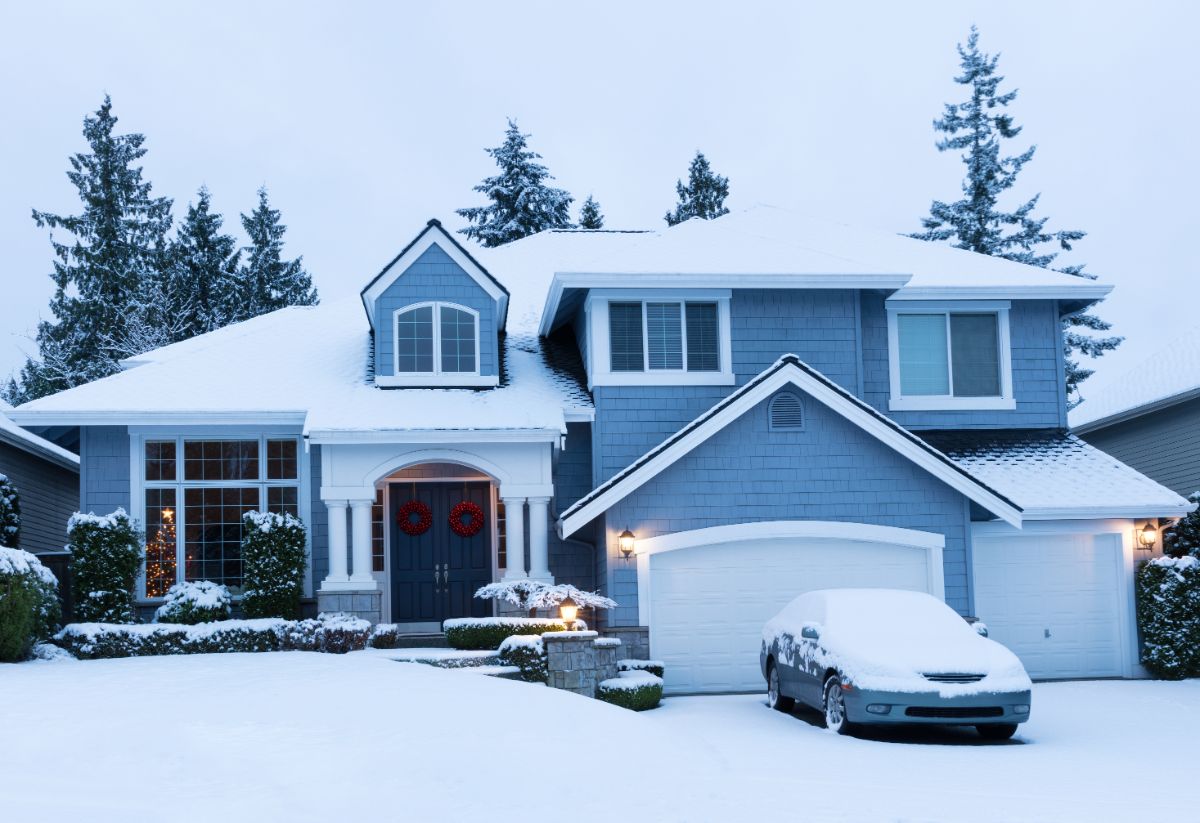Home Improvements
How to Winterize Your Home

As the colder months approach, it’s important to ensure that your home is prepared for the harsh winter weather ahead. Winterizing your home not only helps to keep your family warm and safe, but also helps to prevent costly repairs. From sealing drafts to insulating pipes, there are a number of steps you can take to protect your home from the cold and keep your energy bills in check. Learn the essential steps to winter-proof your residence with the expertise of Herman Remodeling.
Insulate windows and doors
Insulating windows and doors is a crucial step in winterizing your home. When air leaks occur, heat escapes and cold air creeps inside, resulting in higher energy bills and an uncomfortable living space. To prevent this, start by checking for any gaps or cracks around your windows and doors. Use caulk to seal smaller gaps and weatherstripping for larger gaps.
Check furnace and filters
Winterizing your home is an essential step in preparing for the colder months ahead. One of the most important things to do is to check your furnace and filters. The furnace is responsible for heating your home, so it’s crucial to make sure it’s in good working order before the winter season begins. Schedule a professional inspection to ensure that everything is running as it should be and that there are no potential safety hazards.
Seal air leaks and drafts
Sealing air leaks and drafts is an essential step in winterizing your home. These leaks can cause your heating system to work harder than necessary to keep your home warm, resulting in higher energy bills. To identify air leaks, you can use a candle or an incense stick to check around doors, windows, and other areas where there may be gaps or cracks. Once you have identified the leaks, you can use caulking, weatherstripping, or foam insulation to seal them.
Cover outdoor faucets and pipes
One of the crucial steps to winterize your home is to cover outdoor faucets and pipes. Outdoor water pipes and faucets are more prone to freezing during winter, which can cause burst pipes and costly water damage. To prevent this, make sure to turn off the water flow to the outdoor spigots and drain the remaining water. Then, cover the faucets and pipes with an insulation sleeve or wrap.
Protect your home from pests
As winter approaches, it’s important to prepare your home for the colder months. One of the most important steps in winterizing your home is protecting it from pests. Pests such as mice, roaches, and spiders can seek shelter in warm, cozy homes during the winter, causing damage and spreading disease. Here are 5 ways to protect your home from pests this winter:
- Seal off any cracks or holes around windows, doors, and other entry points. Pests can easily squeeze through these small openings and make their way into your home.
- Keep your home clean and tidy. Pests are attracted to clutter and food crumbs, so regularly sweeping, dusting, and vacuuming can help deter them.
- Store food in airtight containers. This will prevent pests from being attracted to open packages and crumbs left on the counter.
- Keep firewood and other outdoor materials away from the home. Pests can hide in these materials and easily make their way inside.
- Consider hiring a professional pest control company to inspect and treat your home for pests before winter sets in. They can identify any potential problem areas and take preventative measures to keep pests out.
By following these simple steps, you can protect your home from
Winterizing your home is an important step in preparing for the colder months ahead. By following the tips mentioned in this post, you can ensure that your home stays warm, safe, and energy-efficient throughout the winter season. Remember, taking the time to prepare your home now can help prevent costly repairs and save you money on your energy bills in the long run.


